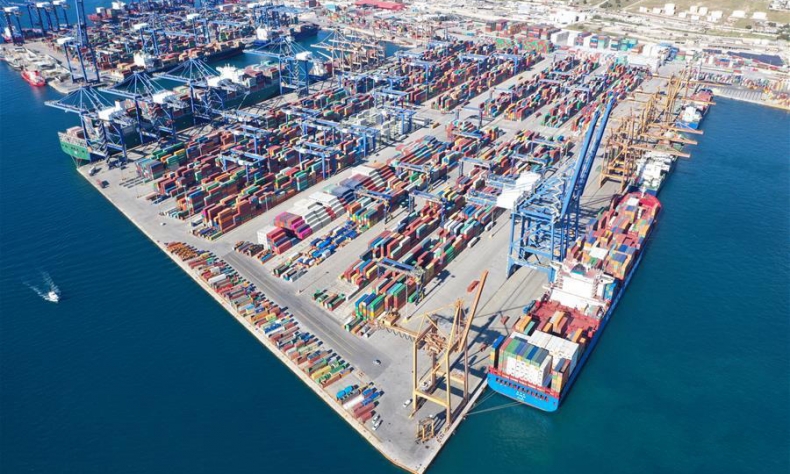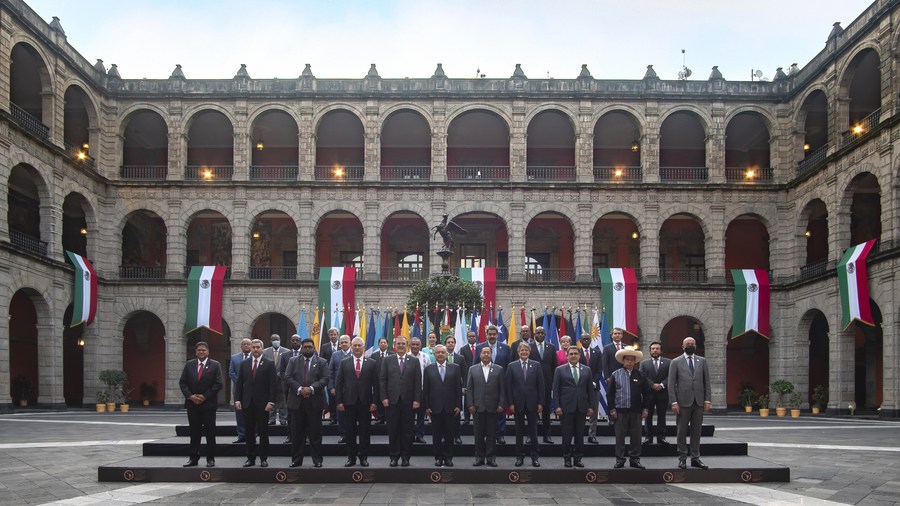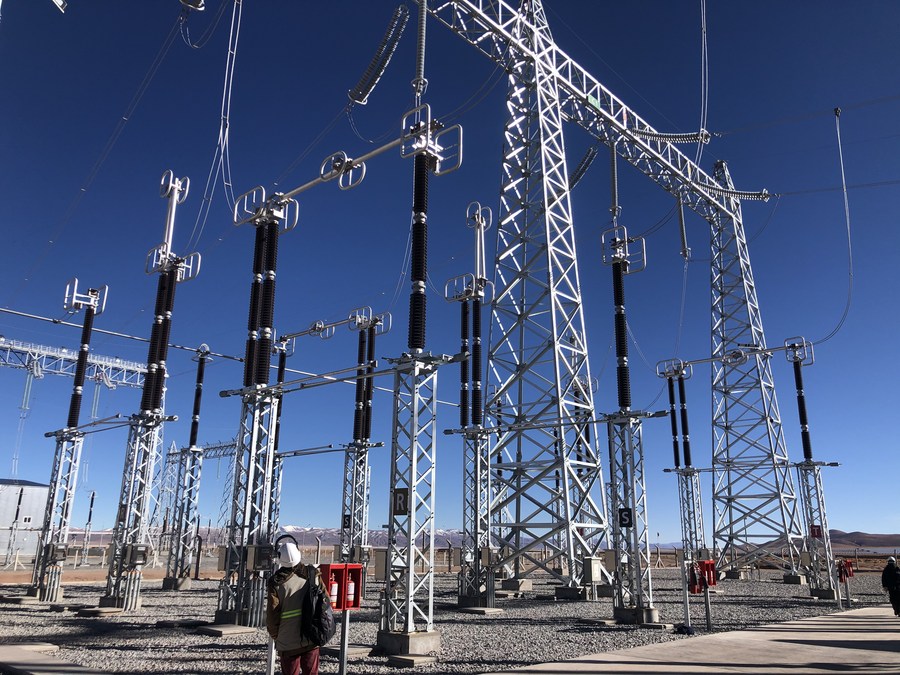China-CELAC Solidarity Stays Strong

The close economic and trade ties between China and CELAC countries can help accumulate flexibility in their cooperation to withstand any negative impacts from changes in either the regional political landscape or the international environment.
The Community of Latin American and Caribbean States (CELAC) was born out of the efforts of member countries to pursue independence and seek strength in unity. The group has played an important part in maintaining peace and stability and promoting common development in the region.
The Sixth CELAC Summit took place in Mexico on September 18, following a four-year hiatus. At the invitation of host country Mexico, Chinese President Xi Jinping addressed the event virtually, expressing China’s support for integration across the region as well as China’s willingness to enhance bilateral cooperation on all fronts.
However, regional integration efforts have hit the rocks in the past four years due to political disparity across governments and external influences, with the vitality of both CELAC and the South American Community of Nations weakened. As a result, countries failed to collectively respond to the economic and political challenges at hand as well as the COVID-19 outbreak. With the role of the regional governance mechanism dropping to its lowest point in nearly 30 years, CELAC countries’ participation in global governance dialogue and coordination, too, crippled.
They now have to bear multiple burdens, including stabilizing the regional political landscape, designing an effective COVID-19 response, and ensuring economic recovery. Against this backdrop, shaping an open, inclusive international environment for cooperation is crucial to them. This might in turn prompt these nations to strengthen unity to up overall regional power, enhancing the cross-regional policy dialogue and increasing their participation in multilateral governance.

New opportunities
Since the First Ministerial Meeting of the China-CELAC Forum in 2015, two joint plans of action for bilateral cooperation have been adopted, in 2015 and 2018 respectively, clarifying specific programs and objectives for short and medium terms. Meanwhile, various dialogue mechanisms have come into being, covering infrastructure construction, business cooperation, investment facilitation, sci-tech innovation, agricultural development and cultural exchanges. They have helped promote the sustainability and predictability of bilateral synergy in multiple areas.
Furthermore, CELAC countries have also presented a strong interest in the Belt and Road Initiative. For example, Panama became the first CELAC country to sign a cooperative memorandum of understanding with China under its framework in November 2017, mere months after the founding of bilateral diplomatic relations in June of that year.
A special statement was issued during the Second Ministerial Meeting of the China-CELAC Forum in January 2018. It said the initiative could grow into an important asset deepening cooperation between China and CELAC countries in the fields of economy, trade, investment, culture and tourism. Since then, CELAC countries have accelerated their participation pace.
The Belt and Road Initiative welcomed 15 regional countries in 2018 and another three in 2019. Including Panama, a total of 19 CELAC countries have signed cooperative memoranda of understanding or framework agreements with China, hoping to share opportunities resulting from the latter’s rapid development. With mutually complementary industrial structures, economic and trade exchanges between the two sides possess far greater potential and feature much more space to tap into when moving forward.

The teamwork spirit
For many major regional countries the importance of China in the realm of trade today has surpassed that of the U.S. China is the largest trading partner of six countries: Brazil, Argentina, Peru, Chile, Uruguay and Cuba, and the second largest of another five: Mexico, Bolivia, Ecuador, Colombia and Costa Rica. Meanwhile, China’s cumulative investment in CELAC countries has surpassed $450 billion, about 10 percent of their combined foreign direct investment (FDI). It has become one of the most important sources of investment in the region, and even the largest source of FDI in countries such as Brazil. The Latin American and Caribbean region has also become the second largest destination for Chinese overseas investment—after Asia.
In the first half of 2021, China-CELAC trade increased 45.6 percent year on year. China’s direct investment in those countries went up 40 percent from January to May, compared to the same period last year. The rapid growth of bilateral cooperation is likely to serve as a driving force in regional economic recovery in the post-COVID-19 era.
The close economic and trade ties between China and CELAC countries can help accumulate flexibility in their cooperation to withstand any negative impacts from changes in either the regional political landscape or the international environment.
More importantly, policy convergence is set to deliver a wider base for teamwork. The continuing spread of COVID-19 not only inflicts economic damage onto CELAC countries, but even interrupted their economic reform. As it is difficult to forge any breakthroughs in terms of domestic structural reform over a very short period of time, exploring the overseas market and attracting foreign investment have become their top priority in the promotion of economic growth. In the long run, how to enhance the region’s participation in the global supply chain will become critical.

China proposed the Belt and Road Initiative in order to facilitate a new round of opening up and reinforce international collaboration. The participation of CELAC countries in the initiative will help address a series of problems such as the large financing gap, the shortage of infrastructure, and the degradation of industrial competitiveness in the region. Moreover, their input is bound to boost these countries’ re-industrialization and elevate their role in the global supply chain.
From the perspective of diplomatic traditions and mainstream viewpoints, when it comes to matters of global governance, the core concern of the Latin American and Caribbean region lies in the identity shared by all developing countries: safeguarding multilateralism, establishing a fair and reasonable international order, and increasing the representation of developing countries, which are also embraced and backed by China.
The world today is undergoing major changes unseen in a century, facing a complex situation overflowing with risks and challenges. History has demonstrated that cooperation is always the most effective way to solve difficulties, and multilateralism is the only way to deal with the challenges of global governance. The cooperation between China and CELAC countries is a good example thereof.
Going forward, CELAC countries will be China’s partners in safeguarding world peace and development, overcoming anti-globalization trends, upholding multilateralism, altogether building a new type of international relations and a community with a shared future for humanity.
The author is a researcher with the Institute of Latin American Studies at the Chinese Academy of Social Sciences.
 Facebook
Facebook
 Twitter
Twitter
 Linkedin
Linkedin
 Google +
Google +










